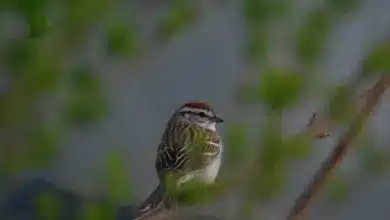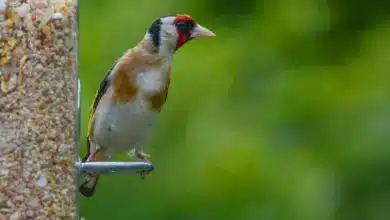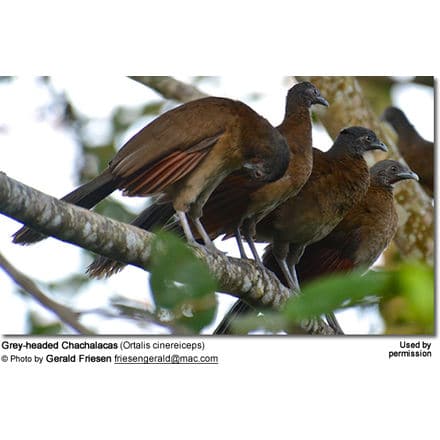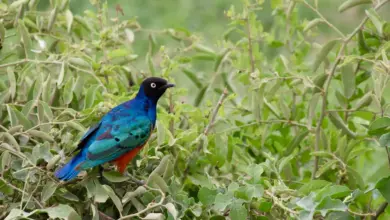Andaman Scops Owl (Otus balli)
The Andaman Scops Owls (Otus balli) – also known as Sumatran Scops Owls – are threatened with extinction within their natural range.
Therefore, this species is classified as Near Threatened due to its small range and destruction of its native habitat.
Distribution / Habitat
They are only found on the Andaman Islands situated between India to the west and Burma to the north and east. They often roost in trees in semi-open or cultivated areas and around human settlements
Description
Andaman Scops Owls measure 7.1 – 7.5 inches or 18 – 19 cm in length. They occur in two color morphs – brown and rufous.
The plumage is reddish brown with a pale facial disk and white eyebrows. The upperparts have distinct black patterns. The tail and flight feathers are barred. The plumage below is paler than the upper plumage with white patterns. The bill and feet are grey.
Their green-yellow, forward-facing eyes are nearly as large as human eyes and are immobile within their circular bone sockets.
Owls are far-sighted and are unable to see anything within a few inches of their eyes. Their far vision – particularly in low light – is, however, exceptional.
To protect their eyes, Owls have 3 eyelids – one upper and one lower eyelid. The upper lid closes when the owl blinks, and the lower closes when the Owl sleeps.
The third eyelid – called a nictitating membrane – is a thin layer of tissue that closes diagonally across the eye, from the inside to the outside. The purpose of these membranes is to clean, moisten, and protect the surface of the eyes.
Similar Species:
They can be identified from the only other Scops Owl found within their range – the Oriental Scops Owl – by their unstreaked under and upper plumage and different vocalizations.
Breeding / Nesting
Most nesting activities are observed between February through April.
Diet / Feeding
Their diet mostly consists of insects and their larvae.
Alternate (Global) Names
Czech: Výrecek andamanský, výre?ek andamanský … Danish: Andaman-dværghornugle … Dutch: Andamanendwergooruil, Andamanen-dwergooruil … Estonian: andamani päll … Finnish: Andamaanienpöllönen … French: Petit-duc des Andaman … German: Andamaneneule, Andamanen-Zwergohreule, Andamaneule … Italian: Assiolo delle Andamane … Japanese: andamankonohazuku … Norwegian: Andamanugle … Polish: syczek andamanski, syczek andama?ski … Russian: ??????????? ????? …Slovak: výrik andamanský … Spanish: Autillo de Andaman, Autillo de Andamán … Swedish: Andamandvärguv
Other Web Resources
More Owl Information
- Owl Information
- Index of Owl Species with Pictures
- Owl Eyes / Vision Adaptations
- Pygmy Owls
- Barn Owls
- Horned Owls
- Scops Owls





